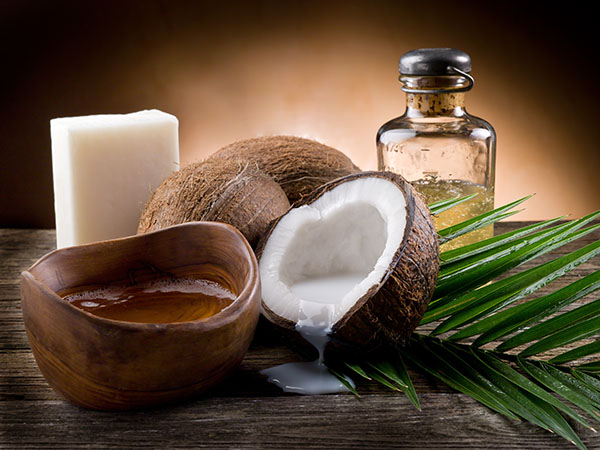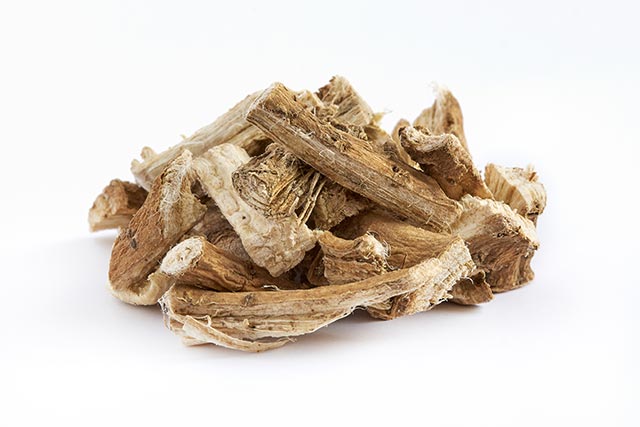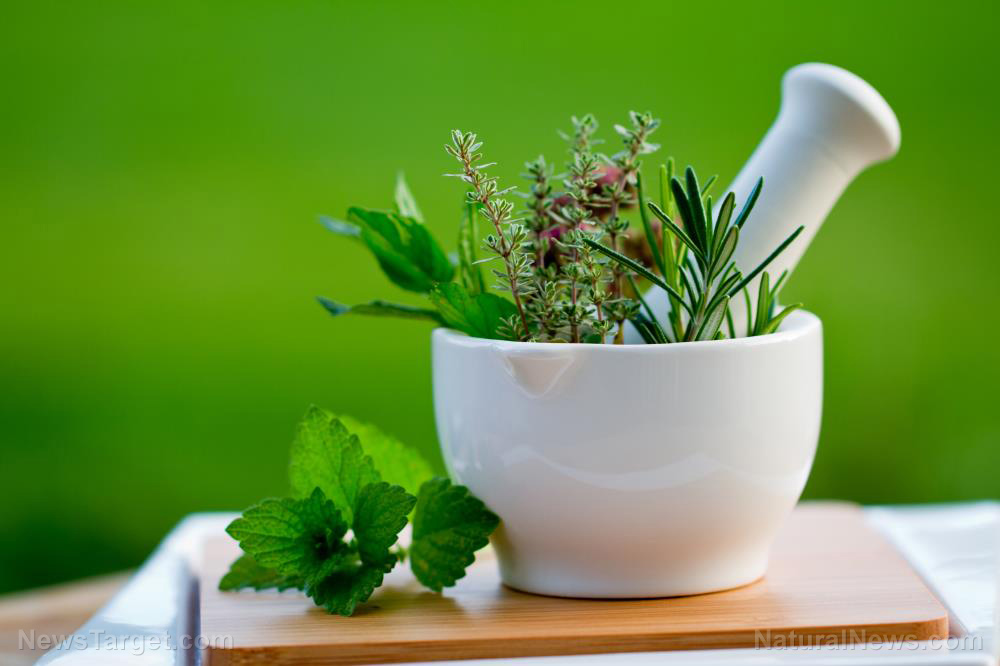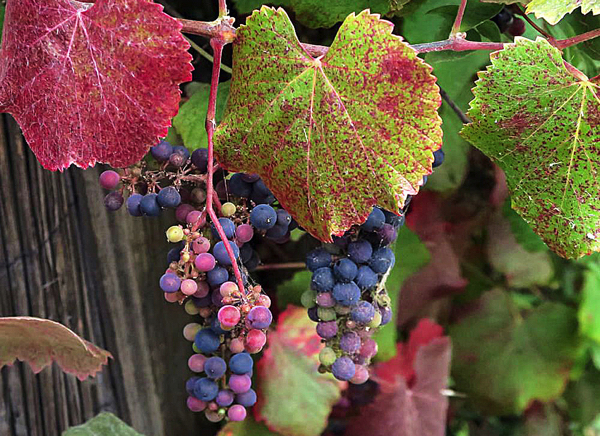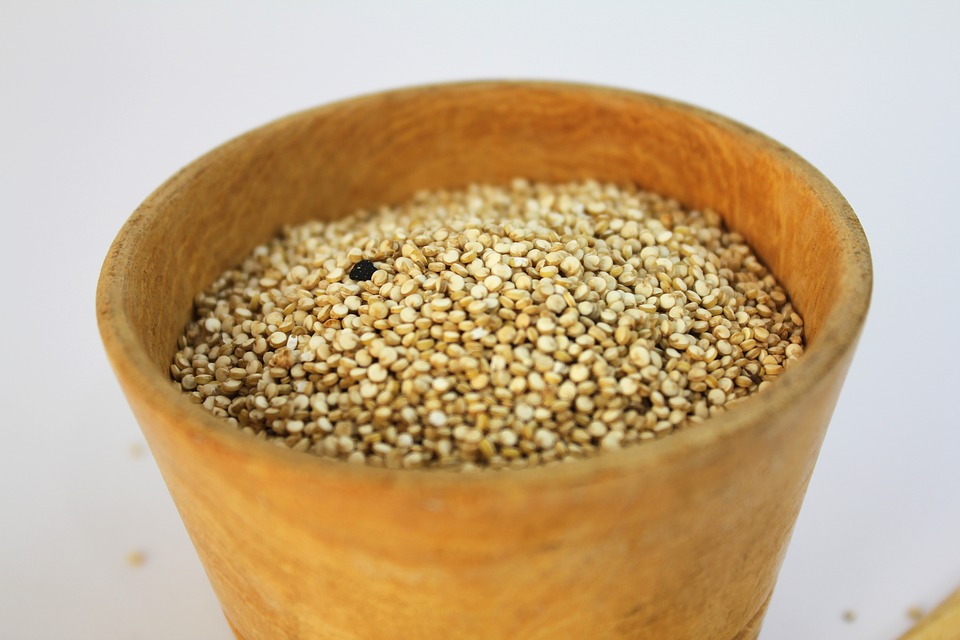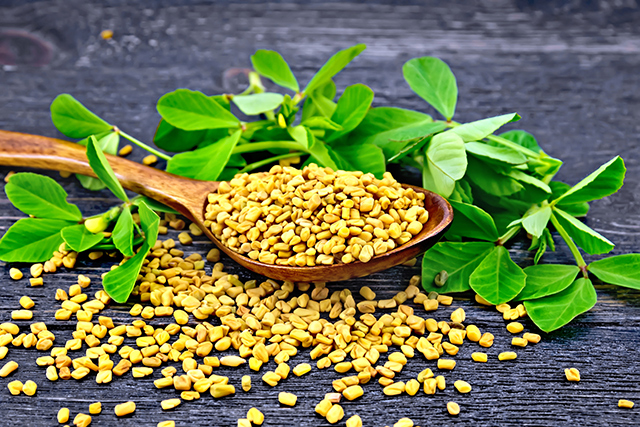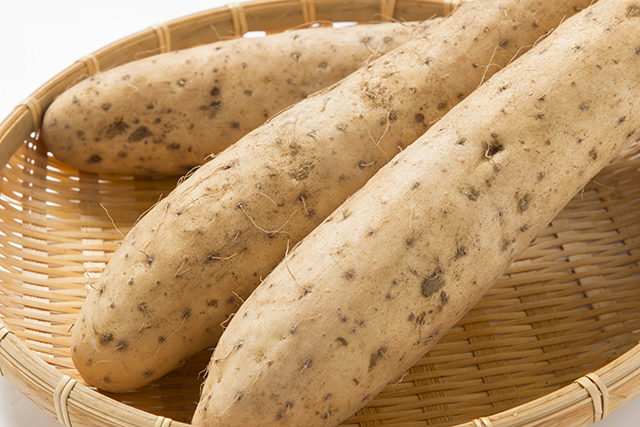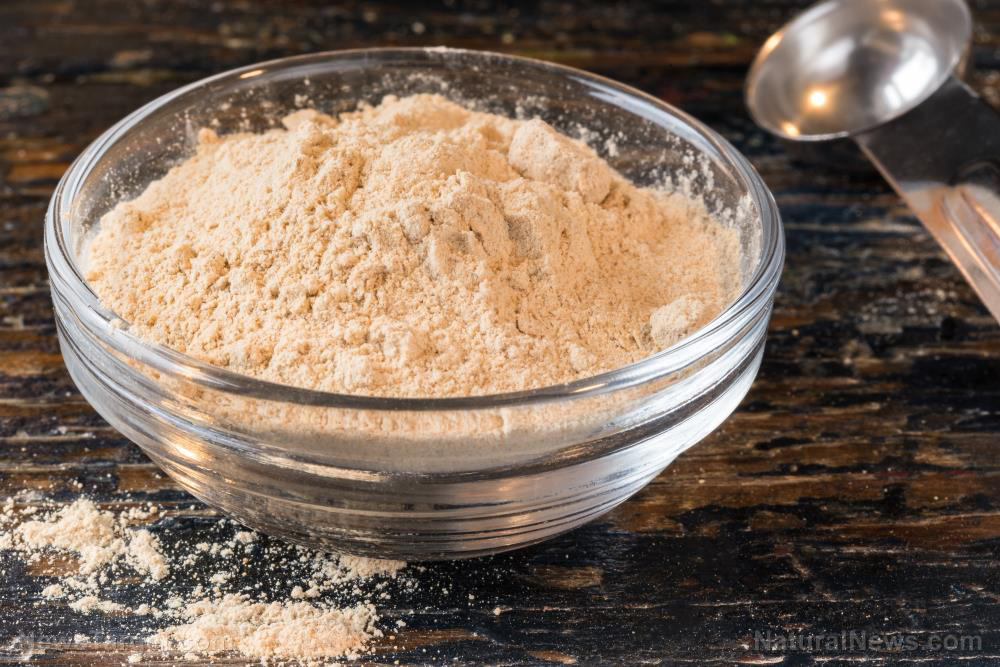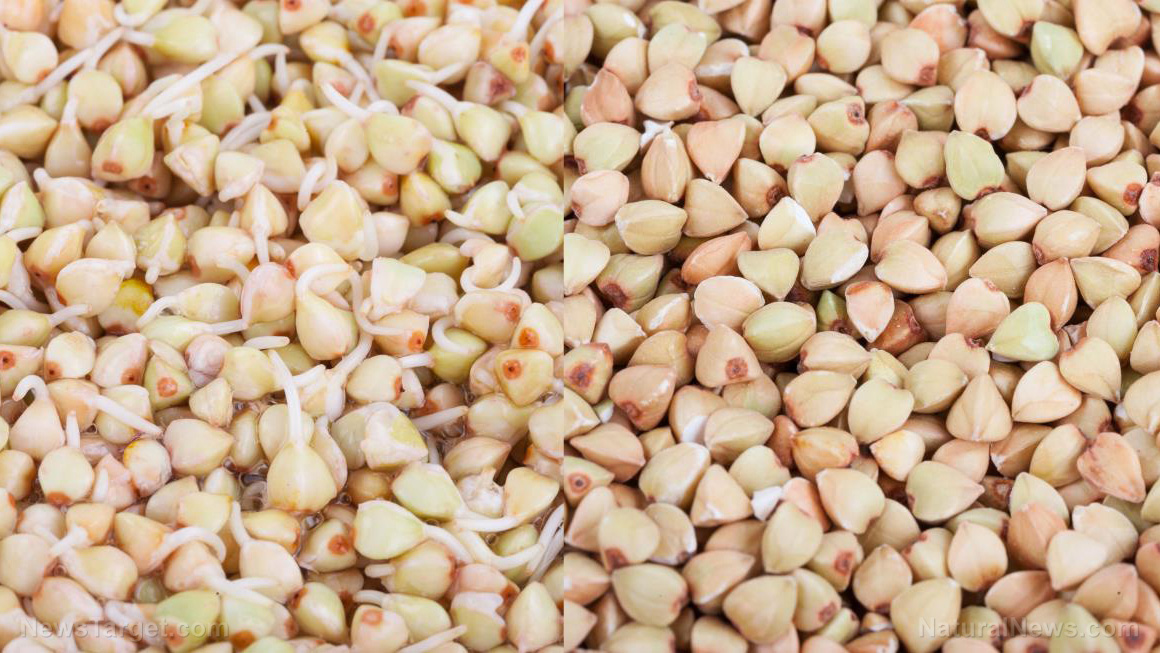Millet: The ancient superfood making a modern comeback
04/24/2025 / By Laura Harris
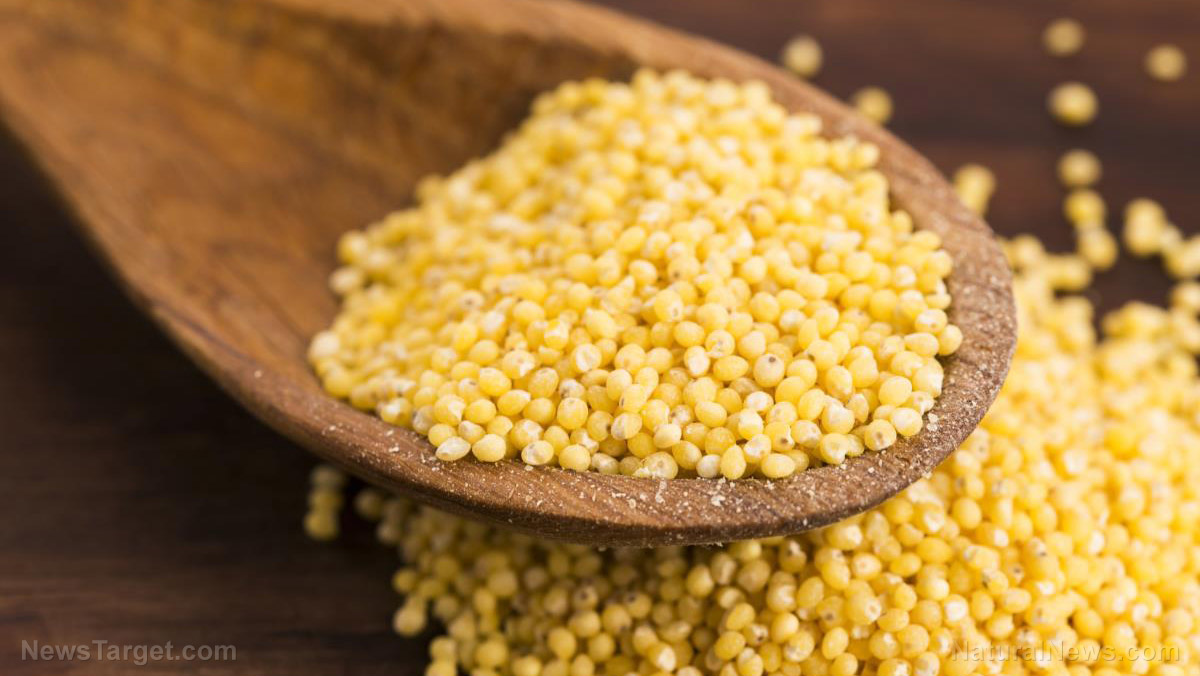
- Millet is a gluten-free, protein-rich grain that has been cultivated for over 8,000 years in Africa, India and China, thriving in harsh climates.
- It is high in plant protein (10 to 12 percent), fiber, magnesium, iron and B vitamins. Finger millet, also known as ragi, is rich in lysine, an essential amino acid.
- With a low glycemic index, millet doesn’t cause blood sugar spikes. Its gluten-free nature makes it ideal for gluten-sensitive individuals.
- While generally low in pesticides, choosing organic millet can minimize your chemical exposure and supports sustainable farming.
- Millet can be used as a grain (rice/quinoa substitute) or flour (baking), made into porridge, or fermented and included in dishes like upma, salads and gluten-free bread.
In the world of nutrient-dense grains, millet stands out as a gluten-free, protein-rich, fiber-packed superfood that has been nourishing civilizations for thousands of years. As interest in healthy, sustainable diets grows, millet is experiencing a well-deserved resurgence.
But what makes this ancient grain so special? From its impressive nutritional profile to its adaptability in the kitchen, millet is a powerhouse ingredient worth incorporating into your meals.
Brief history of millet
Millet is a small-seeded, drought-resistant cereal grain, often grouped under the term “ancient grains.” It belongs to the grass family together with several varieties, such as pearl millet, finger millet (ragi), foxtail millet and proso millet. Unlike modern wheat or rice, millet thrives in arid climates, making it a staple in Africa and Asia for millennia.
Archaeological evidence suggests millet was cultivated in China as early as 8,000 years ago, while African communities relied on it as a dietary cornerstone. India has historically used finger millet (ragi) in traditional dishes, while pearl millet (bajra) remains a key crop in West Africa. (Related: Here’s why you should eat more millet, a superfood packed with protein and fiber.)
Despite being overshadowed by wheat and rice in the modern era, millet is now gaining recognition as a nutritional heavyweight, especially among gluten-free, diabetic and health-conscious eaters.
Nutritional profile and health benefits
Millet is a nutritious whole grain, offering a well-balanced combination of macronutrients and micronutrients plus a wealth of health benefits.
Excellent source of plant-based protein
- Contains 10 to 12 percent protein, making it a great meat alternative.
- Finger millet (ragi) is particularly rich in essential amino acids, especially lysine, which is often found in plants in limited quantities.
High in dietary fiber
- Supports digestive health and promotes satiety, aiding in weight management.
- Aids in regulating blood sugar, making it beneficial for diabetics.
Packed with essential minerals
- Rich in magnesium, which supports heart health.
- High in iron, which helps combat anemia.
- Good source of phosphorus, potassium and B vitamins, especially niacin and thiamine.
Low glycemic index (GI)
- Unlike refined grains, millet is digested slowly, preventing blood sugar spikes.
Naturally gluten-free
- A safe and nutritious choice for people with celiac disease or gluten sensitivity.
Why choose organic millet
Millet is generally resilient and doesn’t require the use of pesticides unlike conventional wheat or rice. However, some concerns exist regarding non-organic varieties.
For instance, conventionally grown millet may contain traces of synthetic fertilizers and insecticides. In areas with contaminated soil, millet can absorb cadmium or arsenic, though this is uncommon.
In other words, opting for organic millet minimizes exposure to synthetic chemicals and supports eco-friendly farming practices. Proper washing and soaking can also help reduce potential contaminants for those who consume non-organic millet.
Culinary uses and recipe ideas
Millet can be used in the kitchen in a variety of ways:
Whole grain
Cooked as a rice substitute (similar to quinoa).
Flour
Used for baking gluten-free breads, pancakes and muffins.
Porridge
Staples of African and Indian diets (e.g., Nigerian tuwo or South Indian ragi malt).
Fermented
Used to make traditional beers and probiotic-rich foods in Africa.
Breakfast bowls
Paired with fruits, nuts and yogurt for a nutritious start to the day.
Here are some healthy millet recipes to try:
- Millet upma (India) – A savory porridge with vegetables and spices.
- Millet porridge (Africa) – Often sweetened with honey or fruit.
- Millet salad – Tossed with herbs, olive oil, and roasted vegetables.
- Gluten-free millet bread – A healthy alternative to wheat-based bread.
- Millet khichdi (India) – A comforting one-pot meal with lentils and spices.
This story is not medical advice and is not intended to treat or cure any disease. Always consult with a qualified naturopathic physician for personalized advice about your specific health situation or concern.
Visit NaturalNews.com, a great article source where you can learn about superfoods and their health benefits.
You can also try Brighteon.ai, an AI model created by Mike Adams, also known as the Health Ranger. This model is available as a free download to be run locally and is designed to help share and decentralize knowledge. By doing so, it aims to bypass censorship and empower people with knowledge.
If you’re looking for an uncensored video free speech website where you can openly discuss nutrition, natural medicine, ingredients and more, check out Brighteon.com and our two free speech social media sites, Brighteon.IO and Brighteon.social.
Watch the video below to learn more about the health benefits of millet.
This video is from the Groovy Bee channel on Brighteon.com.
More related stories:
Finger millet (Eleusine coracana) is a nutrient powerhouse: Review.
Eat more millet: Full of nutrients, this grain provides numerous health benefits.
Finger millet is a nutritional powerhouse: A review of the nutrients it offers.
Sources include:
Submit a correction >>
Tagged Under:
food science, functional food, gluten free, grocery, health science, ingredients, millet, natural health, nutrients, nutrition, organics, whole grains
This article may contain statements that reflect the opinion of the author
RECENT NEWS & ARTICLES
Natural.News is a fact-based public education website published by Natural News Features, LLC.
All content copyright © 2018 by Natural News Features, LLC.
Contact Us with Tips or Corrections
All trademarks, registered trademarks and servicemarks mentioned on this site are the property of their respective owners.





